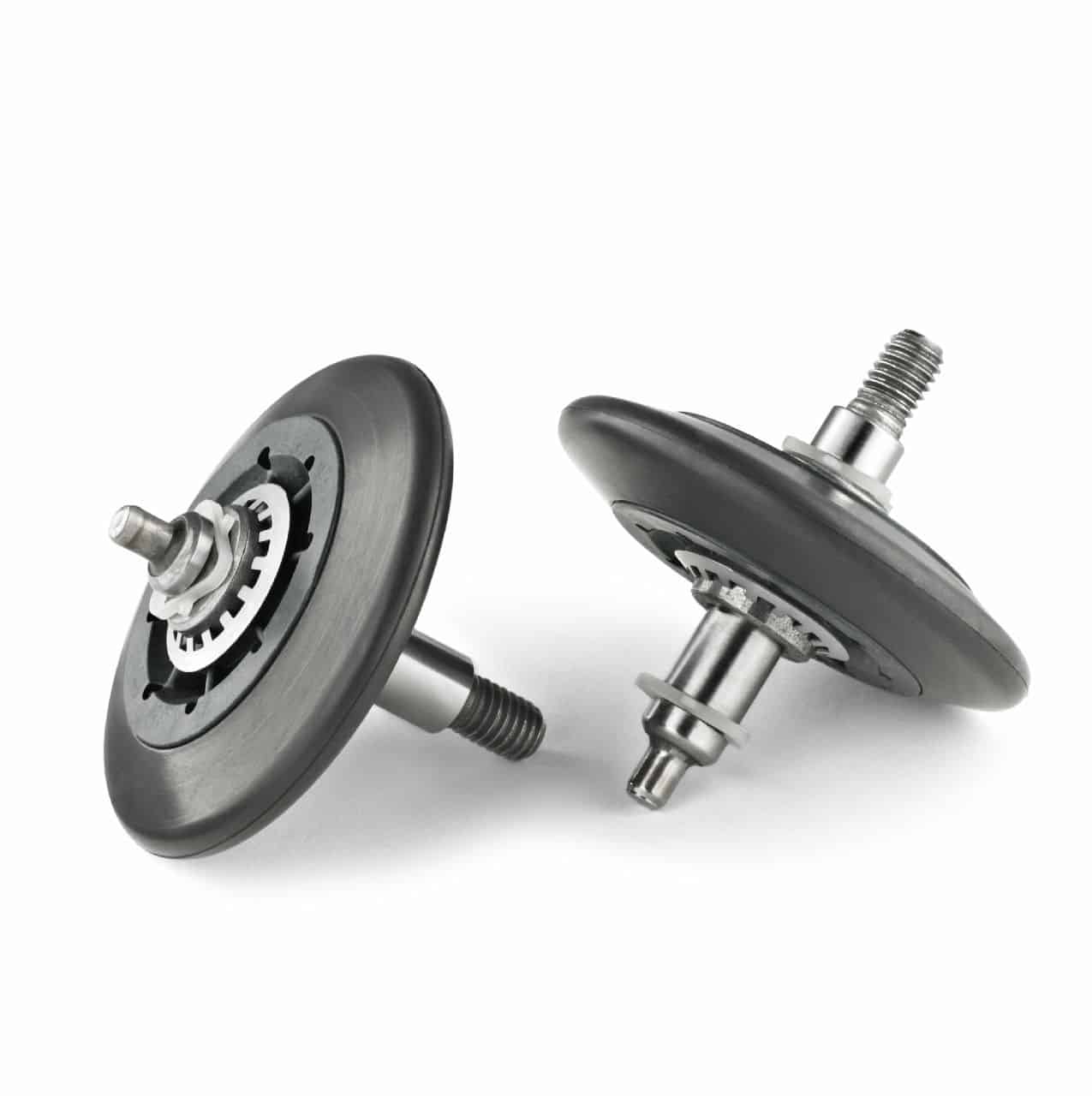
Handy people often choose to fix their own machines instead of hiring technicians to do the work. However, frustration can result for those tackling a project for the first time. Since most people only have to fix a certain problem on their household appliances once or twice in the machine’s lifetime, this makes the chance of frustration quite high. How can you avoid this issue? There are three main keys to making a new project go as smoothly as possible.
Get the Right Tools
One of the biggest problems with new DIY projects is the lack of appropriate tools. You can go a long way with a basic set of wrenches and screwdrivers, but with many machines, the gap between doable and easy is bridged with specialized equipment. For example, there are tools for working the door springs of some LG appliances, special wrenches for “tamper proof” fasteners, extensions for ratchet wrenches, and more. Find out if you’ll need anything like this and buy the appropriate tools before starting your project.
Read the Repair Manual or Get Tips from Professionals
If you can get a manual that provides useful information, take the time to read it. Unfortunately, many appliances don’t come with manuals that actually say how to fix them. Instead, they default to “call for service if…” statements. If this is the case with your appliance, call a helpful shop for instructions. Those that sell appliance repair parts will usually be happy to tell you how to use them. Our company is glad to help people understand what they need to do to complete a project.
Take a Good Look at the Parts that Will be Worked On
When you open up an appliance, it’s tempting to rip out the offending part and spike it into the garbage without a second thought. One of the best tips of all is to resist that temptation. Instead, take a long look at exactly how everything is currently put together. Let your eyes rest on all of the connection points – screws, brackets, how the other parts look around the one you’re going to replace, and more. Then, take a picture. You will need to know how everything goes together so that you can easily put the new one in at the end of the project.
You may wonder why you should stare directly AND take a picture. This is because the direct look lets you fully see the depths and distances of the connectors and other parts, while snapshots often don’t capture all of the details. However, if you forget a few aspects when it’s time to put the new part in, the picture will jog your memory.
Other Important Factors
Remember safety: Unplug the appliance before working on it, and if it is a plumbed machine, turn off the water as well. If you’re going to be doing something that could cause items to fly out, such as hammering on a stubborn part, wear safety goggles.
With plumbed appliances such as washing machines and dishwashers, be sure to turn the water back on before testing your repair. If a water-using machine can’t get water, its pump can burn out.
Remember to reconnect any drain hoses that you’ve loosened. The machine will be fine if you don’t, but you’ll get a big mess if the water output isn’t directed down a drain!
Finally, keep in mind that you don’t have to do the repair without any help. If you’re having trouble figuring something out or getting a part to cooperate, just contact us. We’ll walk you through the steps so you can get your appliance up and running again. If you still find yourself at wit’s end, just say the word and we’ll send a technician out instead.

How to Fix the nF Error Code on a Samsung Washer

Kenmore Elite Dryer Issues: How To Troubleshoot

Microwave vs. Oven: Pros and Cons and How They Differ

Self-Cleaning Oven Smell: Causes & Odor Reduction Tips

Frigidaire Ice Maker Not Working? 7 Ways to Fix It

Why Is Your LG Refrigerator Not Cooling? (9 Common Reasons)

GE Oven F2 Error: Causes & Solutions

How to Reset the Water Filter Light on a Samsung Refrigerator

Maytag Washer Showing F5 Error Code? Here’s What To Do






